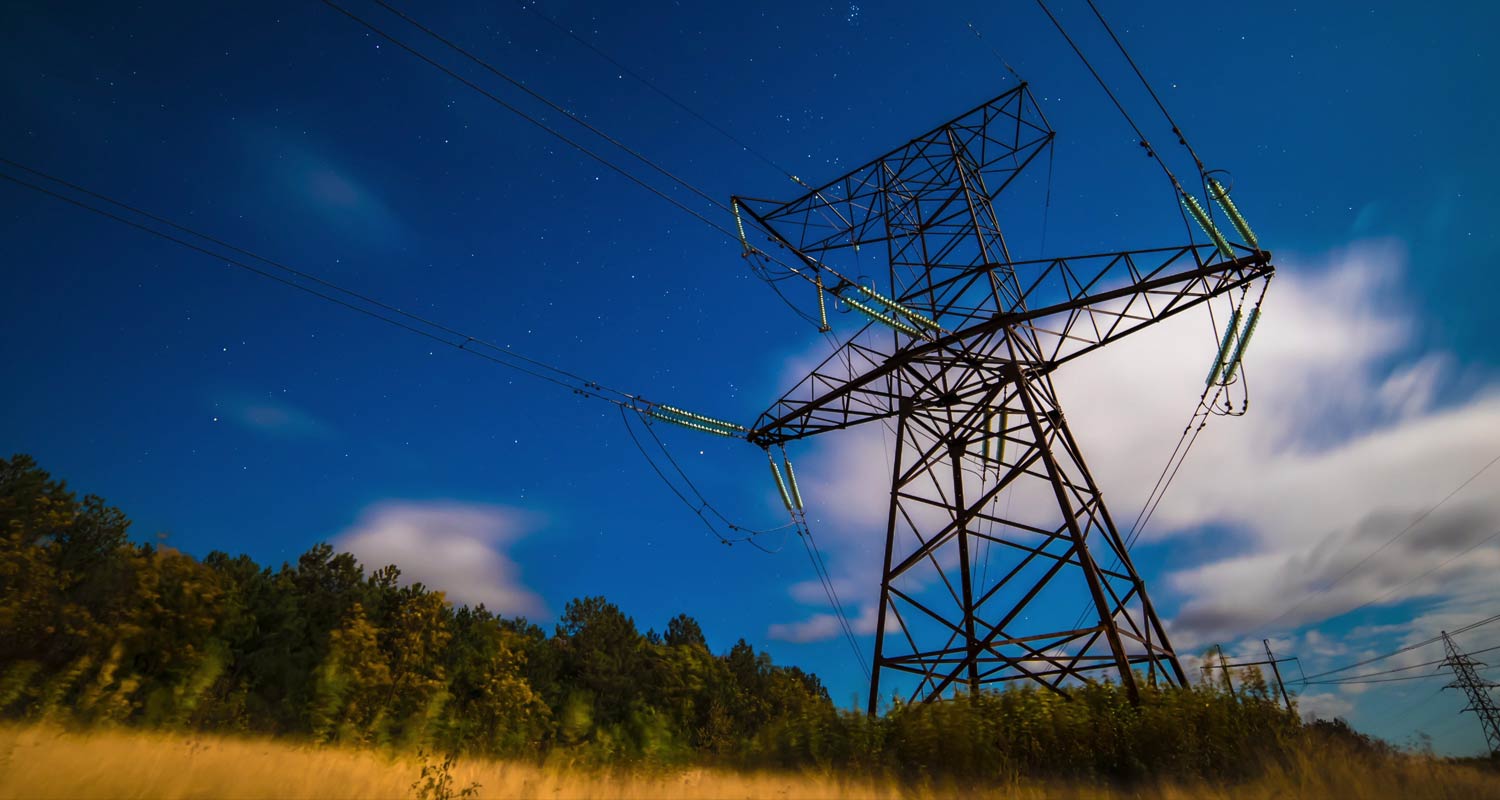[ad_1]
 Electricity requirement People around the world have been drastically increased in the coming years due to the use of more power to operate the growing navy of the industry and data centers.
Electricity requirement People around the world have been drastically increased in the coming years due to the use of more power to operate the growing navy of the industry and data centers.
In the next three years, global power consumption has been heavily built by a “unprecedented” 3 500twh, according to a report by the International Energy Agency. It is more than Japan’s annual electricity consumption every year.
Approximately 4% of the annual growth during that period is such a rapid rate over the years, which underlines the growing importance of electricity for the entire energy needs of the world.
“The acceleration of global electricity requirement highlights significant changes in energy systems and the approach of the new era of electricity,” said IEA’s Energy Markets and Defense Director Gezuk Sadamori in a statement. “But it also proposes growing challenges to governments in ensuring secure, affordable and stable power supply.”
Developing countries have driven the growth of electricity in recent years, stagnant or fallen by increasing performance in advanced economies. But now, the United States, the European Union and Japan are all looking for the growth of need, IEA has discovered. In the next three years, the United States will only see the growth of electricity demand, which is equal to the annual consumption of California, which is its highest population state.
But from developing countries, especially China, there will be a significant increase. The growing area of China’s economy operates on electricity, compared to 22% in the United States, 28% from the final energy consumption power.
Entry creation
Solar panels, batteries and electric vehicles used more power as Italy last year. The demand for air conditioning and charging EVs is on the rise and the industry will continue to be the main motivation of power growth in China.
Read: Escome Prices are four times the latest CPI number
The IEA found that all those new demands would be created from renewable and nuclear power stations. But even if the green power is raised from the sources, it may not be sufficient to reduce the emission. Global carbon emission from the power sector declines just 0.1% until 2027, and during that period, the power of coal is approximately flattening and electricity has risen by 0.6% from natural gas burning stations. – William Matis, (c) 2025 Bloomberg LP
Get braking News from Tech Central on WhatsApp. Register here.
Don’t miss out:
[ad_2]
Source link













